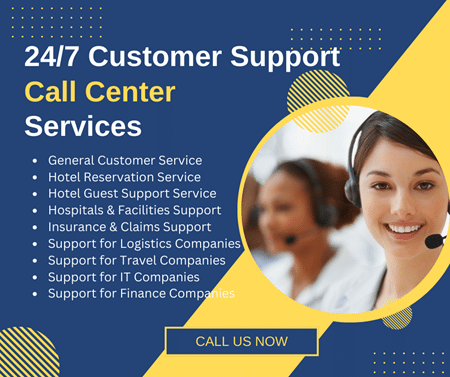Today’s marketplaces have dramatically changed. And it isn’t necessarily for the better—not if you’re an SMB. Thanks to the Internet, consumers are more demanding than ever. That’s because they’re well informed about products and services. They’re also smarter. This gives them leverage in most sales transactions. If you’re an SMB, you’re probably finding it a challenge to generate new customers and retain them—the keys to surviving long term until tomorrow.
So how can an SMB regain the leverage they’ve lost?
By doing one of two things: You need to introduce a disruptive product or service or provide the best customer service in your industry.
Nothing less will do! Not if you want to make it until tomorrow.
And make no mistake about it.
If you’re not doing either of the two things mentioned above, your competitors are. That means it’s only a matter of time before they swallow you up.
Disruptive Products And Services
Harvard business professor Clayton M. Christiansen introduced the concept of disruption in a 1995 article Disruptive Technologies: Catching the Wave, which he co-wrote with Joseph Bower.
Disrupters are products so innovative they wipe out existing markets and value networks. They may come from your competitors, start-ups, market leaders, or companies completely outside the industry.
Wherever they come from, they blindside you. They dramatically re-shape the marketplace and they do it in just a few years—giving companies in that industry little time to adjust. E-mail replacing snail mail and faxes is a classic example of a disruptor.
Now come “big bang” disrupters. They don’t follow a disruptor’s traditional pattern of market adoption. They accelerate it. Instead of wiping out a market in a few years, they wipe it out in a flash. That’s bad news for companies in that marketplace.
This year’s Consumer Electronics Show in Las Vegas showcased key technology products with the potential to be “big bang” disrupters.
Toyota’s new liquid hydrogen-fueled concept car is one. The WeMo Maker Kit, which converts electrical devices powered by DC transformers into programmable devices, is another. Then there’s Kolibree’s sensor-embedded toothbrush, which sends data to your smartphone.
These products aren’t consumer-ready yet. But once they are, they have the potential to wipe out existing markets and value networks quickly—along with many of the companies in their industries.
If your company is in one of these industries, you could be a casualty when their products are introduced.
Action Point: Read the article The Five Most Disruptive Innovations at CES 2014, published by Forbes. Once you’ve read it, consider introducing your own “big bang” disrupter.
Premium Customer Service
Another way to survive the long haul is to provide premium customer service—the kind that makes people keep coming back again and again.
We’re talking about the type of service that’s made companies like Lowe’s Home Improvement, Trader Joe, Samsung, State Farm, or Google market leaders.
Or the type of service that’s made FedEx, UPS, Hilton Hotels and Resorts, Marriot International, and Amazon forces in their industries.
All 10 companies we’re rated tops in customer service in a survey done by Zogby Analytics (in partnership with MSN). These companies all had the highest “excellent” responses among the 150 companies surveyed.
Also getting high rankings in the survey were American Express, Apple, Barnes and Noble, eBay, CVS, and Costco, as well as Home Depot, Kohl’s, Microsoft, Netflix, and Victoria’s Secret.
Action Point: Create a list of companies in your industry providing the best customer service. Review what they do. Compare what they do to what you do. Make a list of changes that will improve your customer service.
Providing phenomenal customer service is the key driver in retaining customers over the long haul. And this strategy can pay off BIG TIME.
According to the Gartner Group, 80 percent of your future profits will come from just 20 percent of your existing customers. What’s more, a 10 percent rise in customer retention yields a 30 percent increase in a company’s value, according to Bain & Company.
If you want to survive the long haul and you can’t introduce a disrupter, then providing customer service is your best option.
Offshore technical support is one way to boost customer service. It enables you to devote additional resources to more complex, customer-facing activities. But to survive until tomorrow, you’ll need to do more than just outsource tech support.
Otherwise, you’ll just fall by the wayside.
Action Point: Read our next post where we give steps to provide the best customer service in your industry.
Outsource your IT service desk needs to our company and let us leverage our proven experience in providing tech support for small and medium-size companies to work for you. Discover competitive Outsource service desk pricing that ensures you get the best value for your investment. Request a quote from our sales team today. We are dedicated to offering top-notch IT support, ensuring your business runs smoothly and efficiently.







